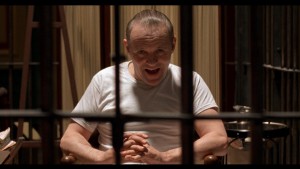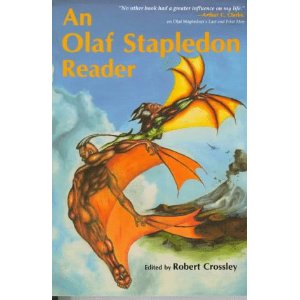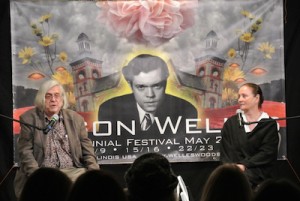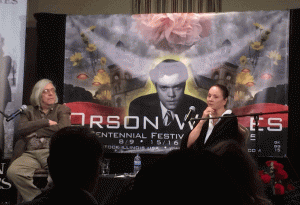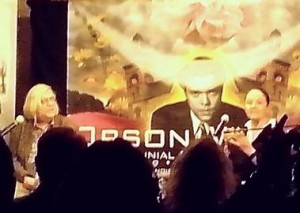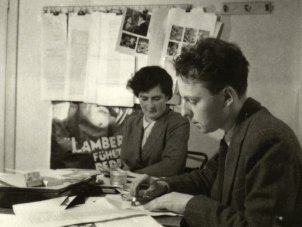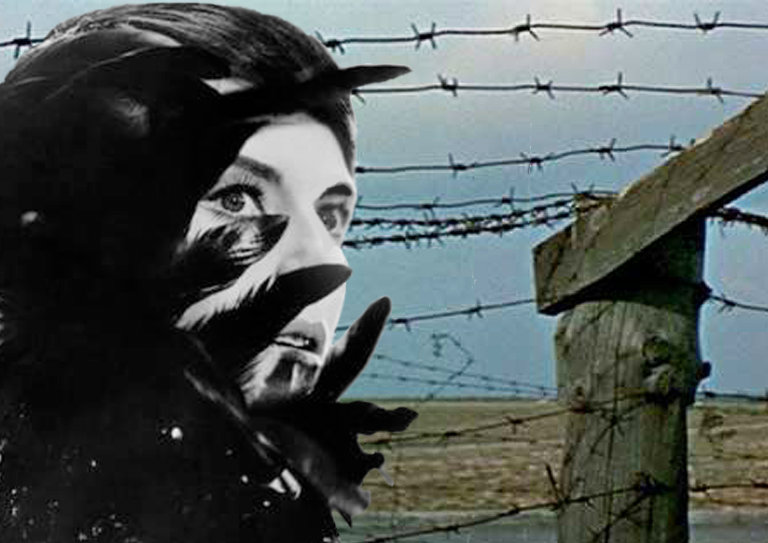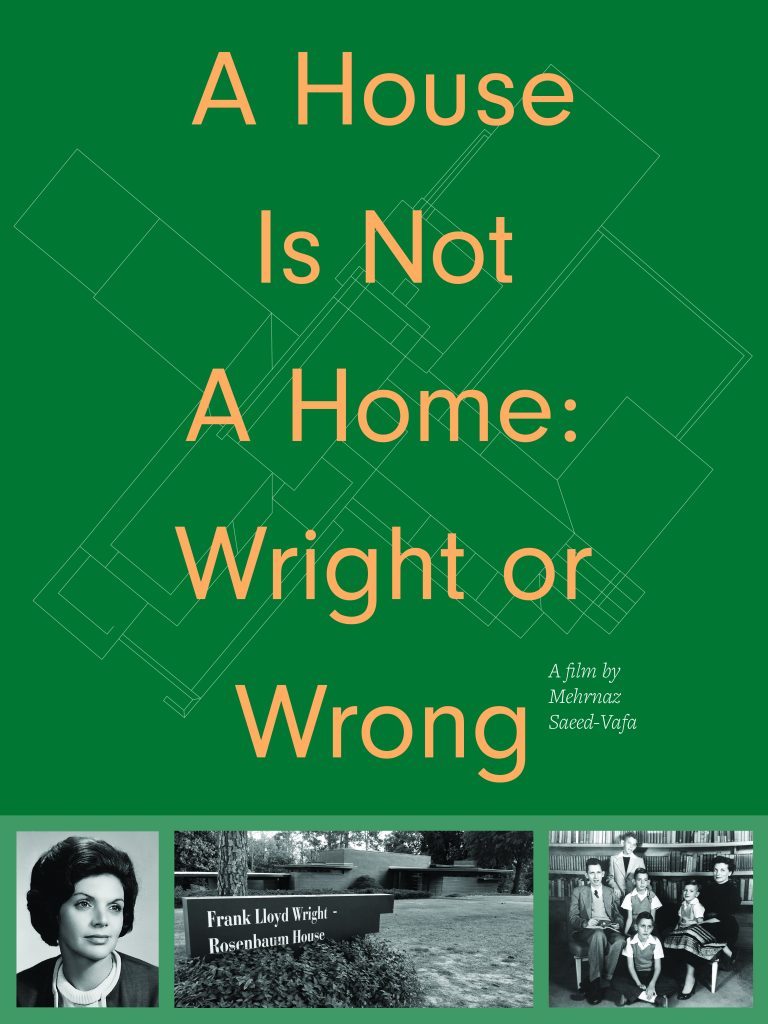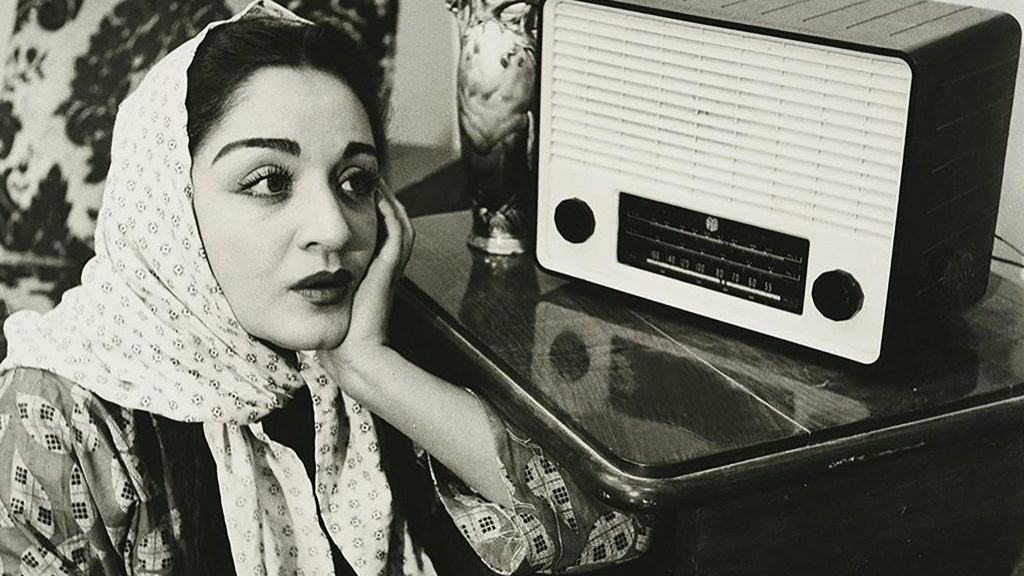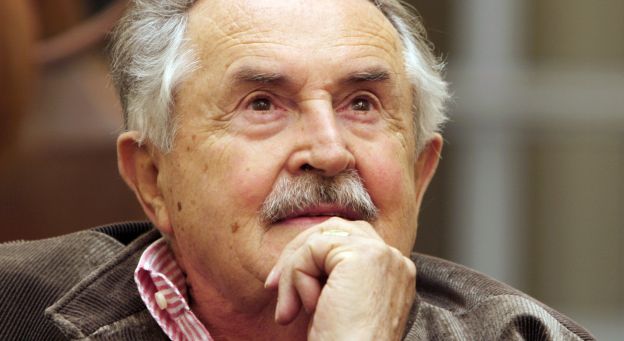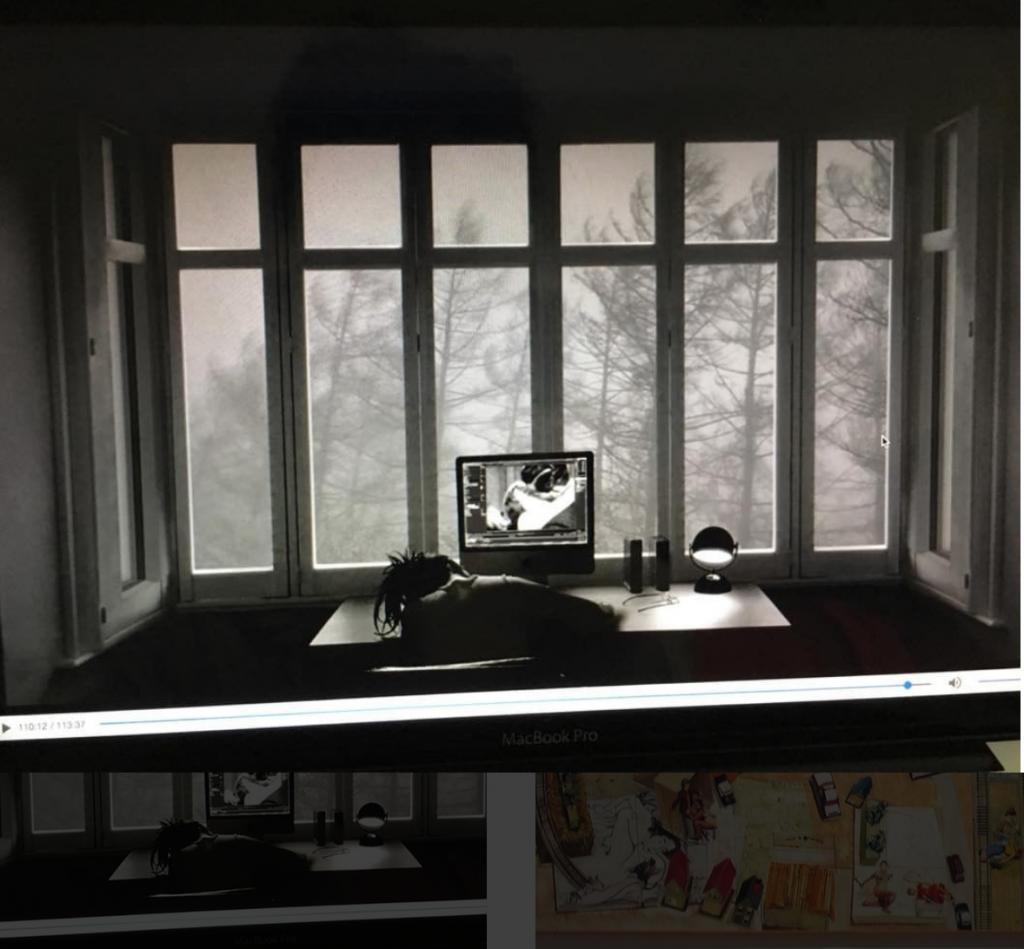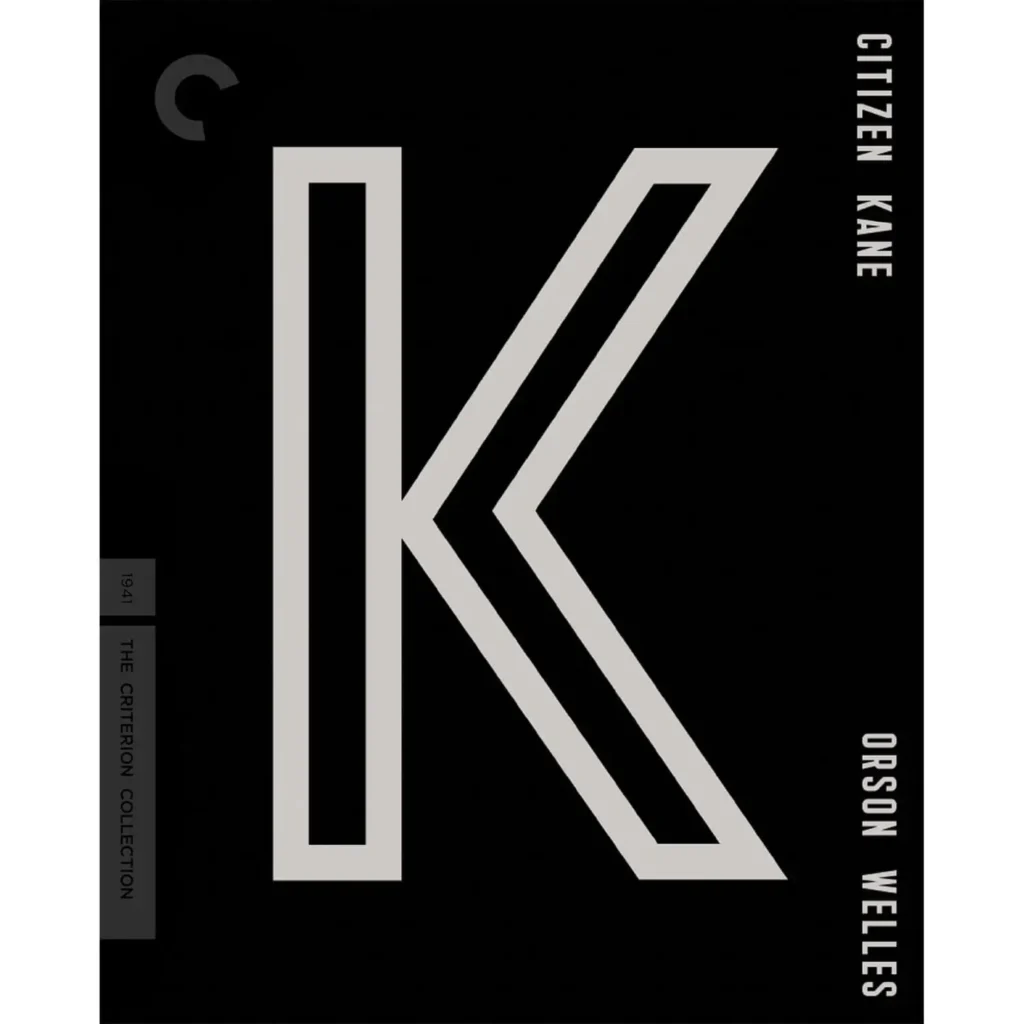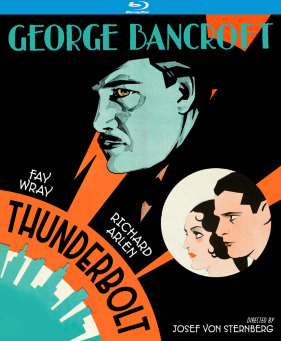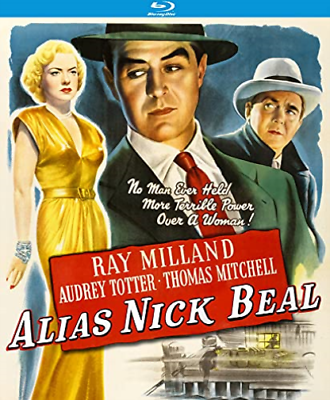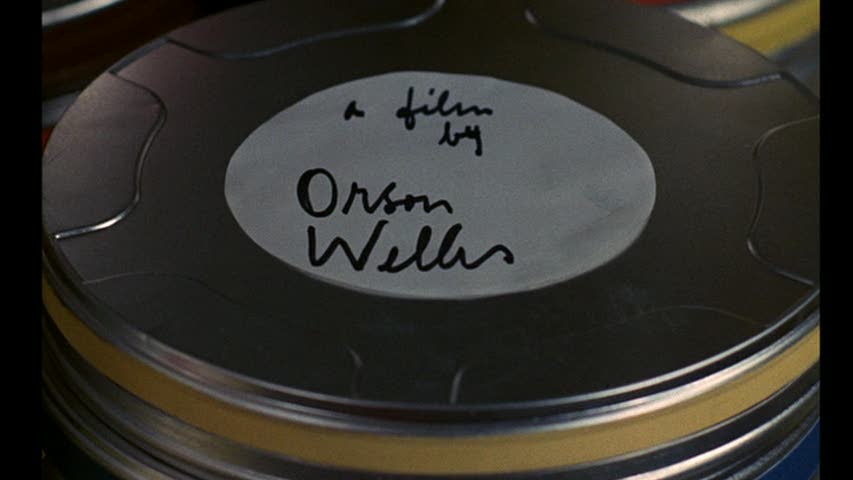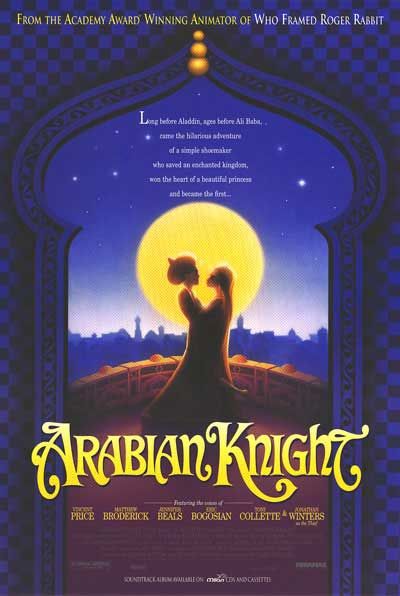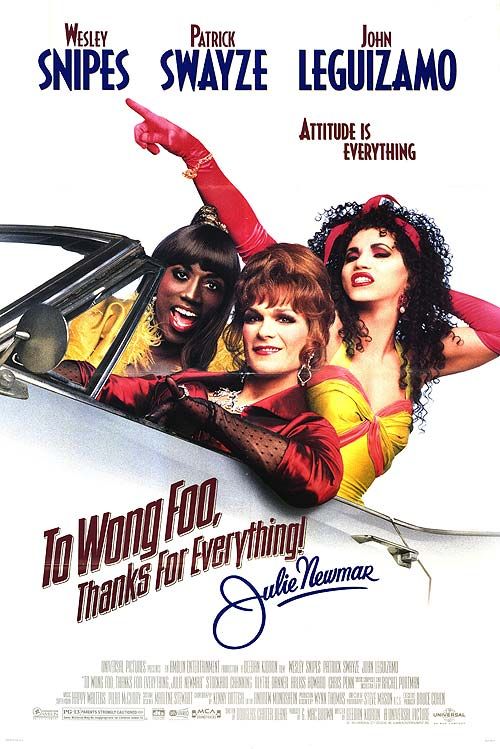From the February 1, 1991 Chicago Reader. I subsequently decided that the explanation for this movie’s highly profitable sickness was the then-current and no less “profitable” first gulf war and its own indiscriminate slaughter. — J.R.
An accomplished, effective, grisly, and exceptionally sick slasher film (1991) that I can’t with any conscience recommend, because the purposes to which it places its considerable ingenuity are ultimately rather foul. Like Thomas Harris’s novel, which screenwriter Ted Tally adapts here, Jonathan Demme’s film proposes that the psychotic serial killer is the essential religious figure of our time: saint, guru, seer, and soothsayer rolled into one. In fact, this characterization applies literally to only one of the two serial killers here, a psychiatrist (Anthony Hopkins) who cannibalizes his victims and is now held in maximum security. The heroine (Jodie Foster), an FBI trainee, appeals to him for insight in tracking down another mad killer (Ted Levine), who flays his victims (and is a transvestite to boot, allowing Demme to cash in on the homophobia market). In the course of parceling out his wisdom, the psychiatrist also analyzes the trainee, becoming an even more commanding father figure to her than the boss (Scott Glenn) who sends her on this mission. Read more

